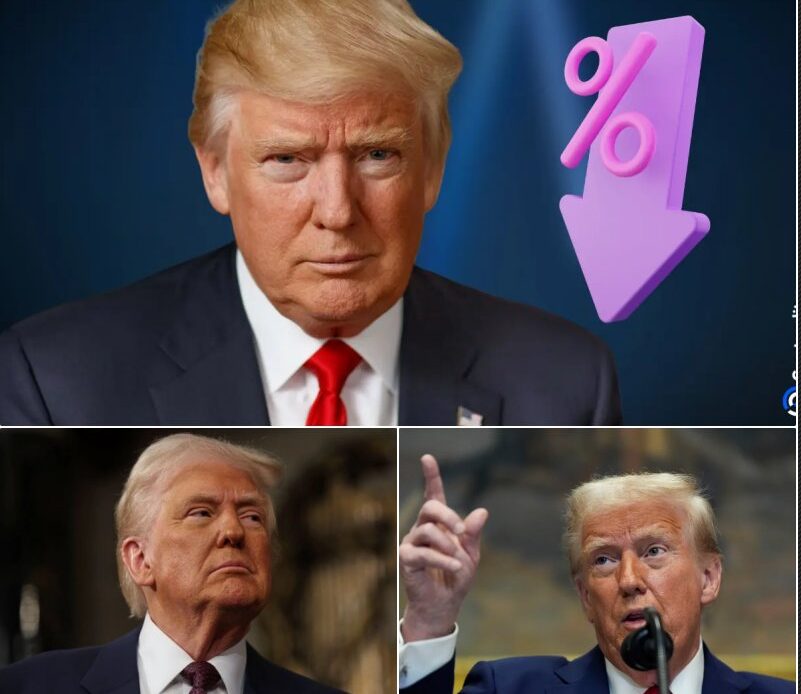The ongoing debate over interest rates in the United States has taken another dramatic turn as former President Donald Trump continues to pressure the Federal Reserve to lower them. His calls for rate cuts have sparked heated discussions about economic stability, inflation control, and the future of monetary policy. But will the Fed yield to this growing pressure? More importantly, what would be the consequences of such a move?
### **Trump’s Stance on Interest Rates**
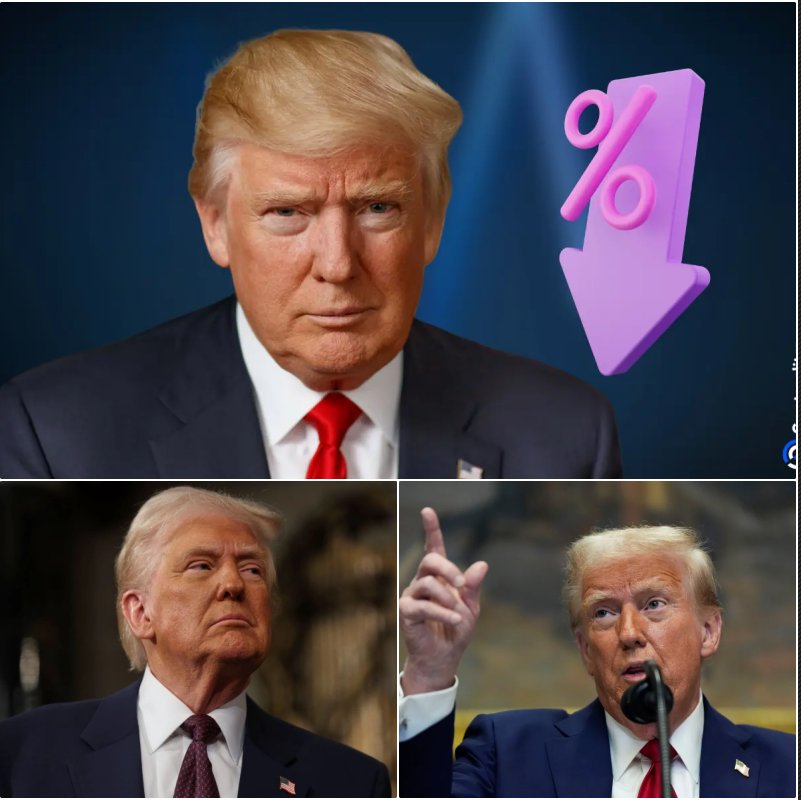
Donald Trump has long been vocal about his views on interest rates. During his presidency, he frequently criticized the Federal Reserve for keeping rates too high, arguing that lower interest rates would fuel economic growth. Now, as he remains a dominant figure in American politics, Trump is once again pushing for rate cuts, citing concerns about economic competitiveness, job creation, and inflation management.
His argument is straightforward: lower interest rates would make borrowing cheaper for businesses and consumers, leading to increased spending and investment. He also believes that a more accommodative monetary policy would strengthen the stock market, benefiting millions of Americans with investments in equities and retirement accounts.
### **The Federal Reserve’s Position**
The Federal Reserve, however, operates independently of political influence, and its decisions are primarily based on economic data rather than political pressure. The Fed’s primary objectives are to maintain stable inflation, maximize employment, and ensure overall economic stability. While Trump’s calls for rate cuts may appeal to certain segments of the economy, the Fed has to weigh the potential risks, especially in the context of inflation and financial market stability.
Fed Chair Jerome Powell and other policymakers have repeatedly emphasized that interest rate decisions will be based on economic indicators, not political demands. If inflation remains a concern, cutting rates prematurely could lead to overheating in the economy, potentially causing further price surges. On the other hand, if economic growth slows significantly, the Fed may consider rate reductions to stimulate activity.
### **The Current Economic Landscape**
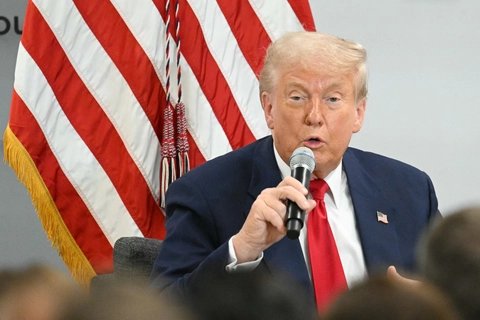
To understand the implications of Trump’s push for lower rates, it’s crucial to analyze the current economic conditions:
1. **Inflation Trends:** The U.S. economy has been grappling with inflationary pressures, with consumer prices rising at a rate higher than the Fed’s 2% target. While inflation has shown signs of moderating, it remains a significant concern. Cutting interest rates too soon could undermine efforts to keep inflation under control.
2. **Labor Market Strength:** The job market remains strong, with low unemployment rates and steady job creation. A strong labor market typically reduces the urgency for rate cuts, as it suggests economic resilience.
3. **Stock Market Performance:** The stock market has experienced periods of volatility, but it continues to show strength. Lower interest rates could further boost stock prices, benefiting investors but potentially creating asset bubbles.
4. **Global Economic Uncertainty:** Geopolitical tensions, supply chain disruptions, and global economic shifts all play a role in the Fed’s decision-making. Cutting rates in response to domestic political pressure without considering these factors could lead to unintended consequences.
### **Potential Outcomes of a Rate Cut**
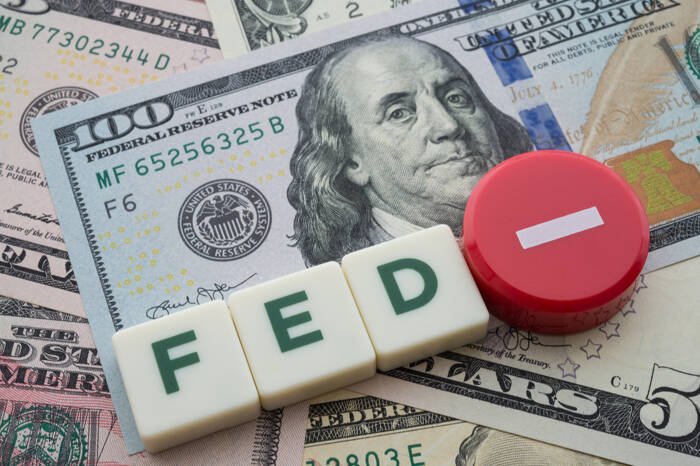
If the Fed ultimately decides to cut interest rates, there could be several short- and long-term effects:
– **Boost to Consumer Spending:** Lower rates would make credit cheaper, encouraging consumers to take on more loans for houses, cars, and other purchases.
– **Increased Business Investment:** Companies would have lower borrowing costs, potentially leading to expansion and job creation.
– **Weaker U.S. Dollar:** A rate cut could lead to a weaker dollar, making American exports more competitive but also increasing import costs.
– **Risk of Higher Inflation:** Cutting rates too soon could reignite inflationary pressures, making it harder for the Fed to control long-term price stability.
### **Will the Fed Listen to Trump?**
Despite Trump’s influence in politics and financial markets, the Federal Reserve operates independently, and its decision-making process is rooted in data rather than political pressure. While Trump’s calls for rate cuts align with certain economic perspectives, the Fed will likely make its decision based on a combination of inflation trends, labor market conditions, and overall economic stability.
If economic data supports a rate cut, the Fed may take action. However, if inflation remains stubborn or the economy continues to perform well without additional stimulus, rate reductions may not come as quickly as Trump and his supporters hope.
### **Conclusion**
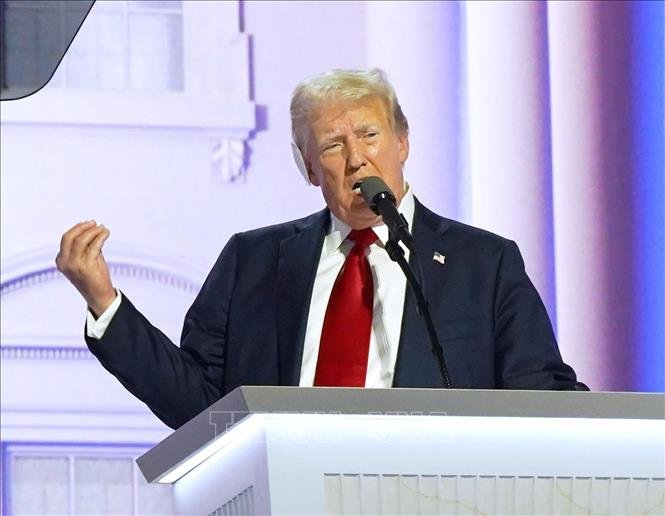
Trump’s push for lower interest rates is not surprising given his long-standing views on monetary policy. While his arguments for economic stimulation through rate cuts have merit, the Federal Reserve’s primary concern remains economic stability. Whether or not the Fed will lower rates in response to political pressure remains to be seen, but one thing is certain—monetary policy decisions will continue to shape the economic landscape in the months and years ahead.
As debates over interest rates intensify, both businesses and consumers will be closely watching the Fed’s next move. Will the central bank bow to political pressure, or will it stay the course based on economic fundamentals? The answer to this question will have far-reaching implications for financial markets, inflation trends, and the overall economic outlook.
